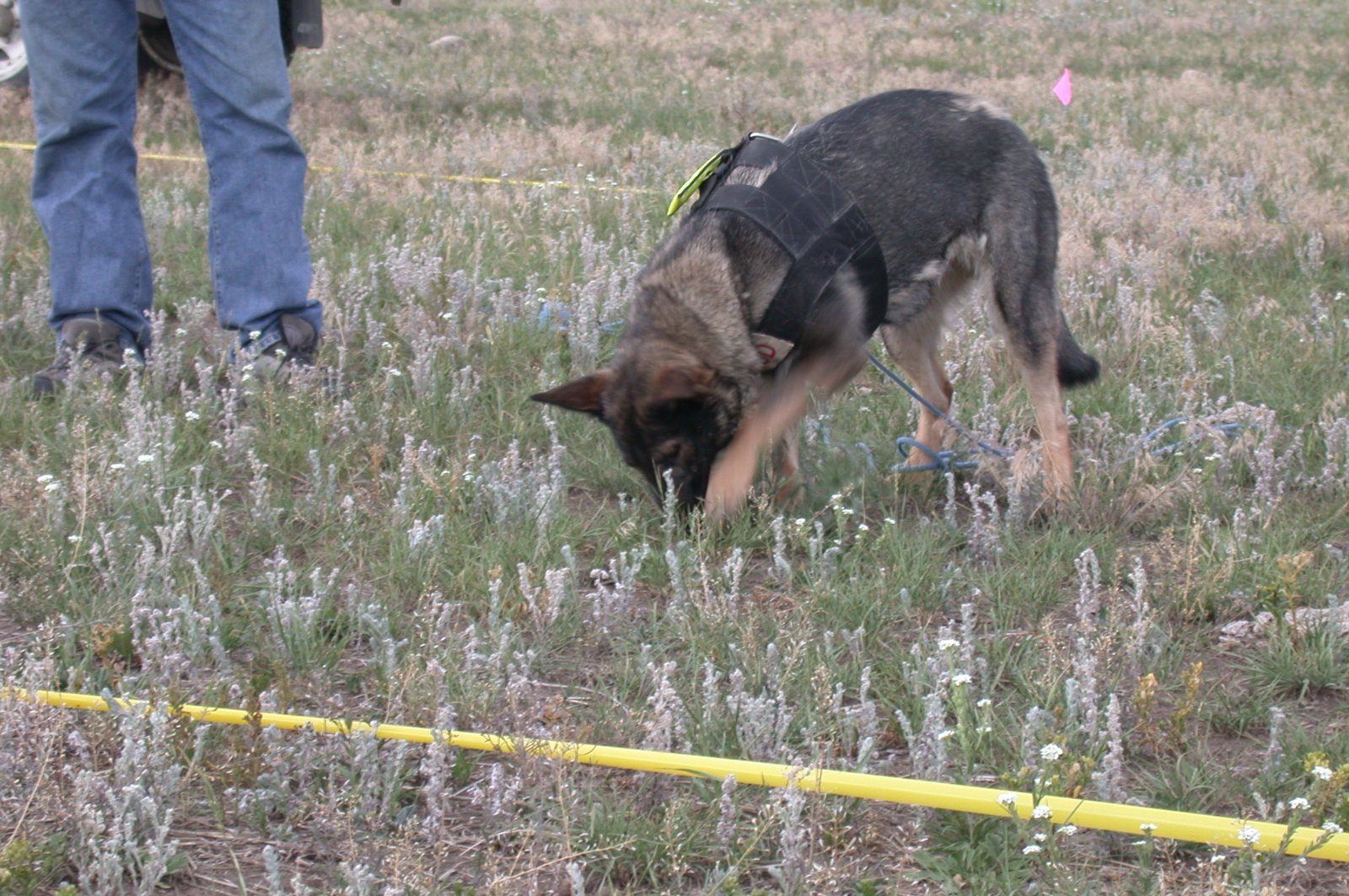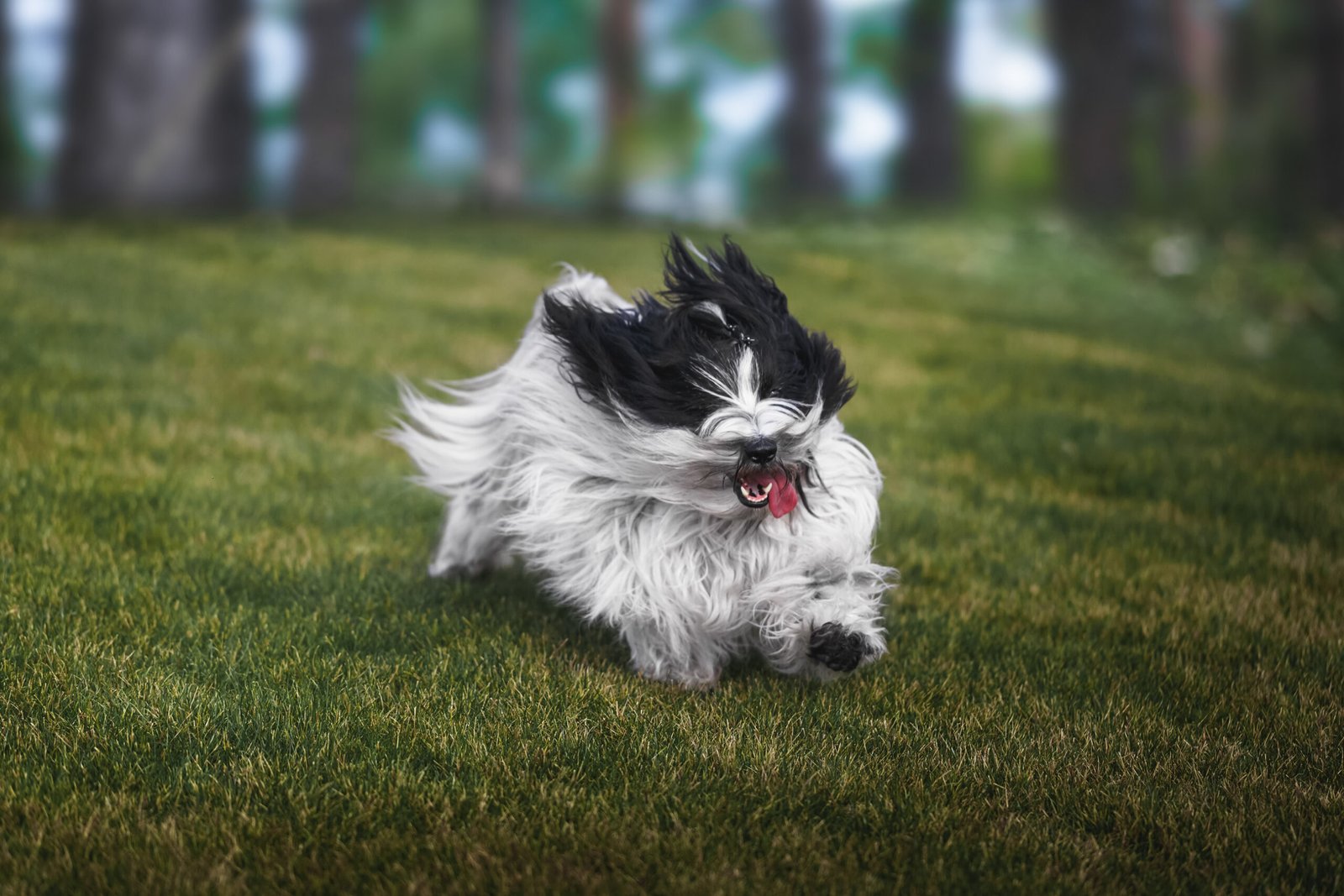Have you ever stared at your dog, utterly bewildered by something they just did? Maybe your heart melted as they tilted their head at a strange sound, or you found yourself frustrated as they chewed your favorite shoes for the third time. Dogs are full of quirks and surprises that can leave even the most devoted dog lovers scratching their heads. But what if these behaviors weren’t random at all? What if each odd habit had a meaning—and a solution? Let’s dive into the world of canine mysteries and decode the 8 most common dog behaviors that puzzle owners, along with practical ways to handle them.
Excessive Barking: More Than Just Noise
When your dog barks non-stop, it can feel like they’re trying to drive you crazy. But barking is their way of communicating—whether it’s a warning, a greeting, or simply boredom. Dogs might bark at strangers, other animals, or even at passing cars. Sometimes, they just want your attention. If you notice your dog barking excessively, try to observe what triggers it. Is it the mail carrier? Is it when you leave the house? Understanding the cause is the first step. You can help your dog by providing distractions like toys, increasing exercise, or teaching the “quiet” command. Remember, never punish barking by yelling, as this can make things worse. Instead, reward quiet moments and stay patient—your dog is just trying to tell you something.
Digging Holes in the Yard: Instincts at Play

Many owners are surprised to find their carefully manicured garden transformed into a crater field overnight. Digging is a deeply rooted instinct in many breeds, especially terriers and hounds. Dogs dig to hide food, cool off, escape boredom, or even hunt for small critters. If digging has become a problem, consider giving your dog a designated digging zone filled with sand or loose soil. Bury toys or treats there to encourage them to use it. Make sure your dog is getting enough exercise and mental stimulation, as a tired dog is less likely to dig out of boredom. And if the digging is focused near fences, check for escape attempts and ensure your yard is secure.
Chewing Everything in Sight: Not Just Teething
Chewed-up shoes, shredded cushions, gnawed table legs—sound familiar? While puppies chew to explore their world and soothe teething pain, adult dogs chew for a variety of reasons, such as anxiety, boredom, or even dental health. To prevent destructive chewing, provide plenty of safe, dog-appropriate chew toys. Rotate toys to keep things interesting. If your dog starts chewing on forbidden items, calmly redirect them to a toy and praise them when they use it. Make sure to puppy-proof your home and keep valuables out of reach. For dogs who chew out of anxiety, extra exercise, puzzle toys, and even calming pheromone sprays can help.
Spinning or Chasing Their Tail: Silly or Serious?
Watching a dog spin in circles or chase their tail can be hilarious, but if it happens often, it might be a sign of something more. Sometimes dogs spin out of excitement or playfulness, but repetitive spinning can point to anxiety, boredom, or even medical issues like skin irritation or neurological problems. If your dog is spinning constantly or seems distressed, a visit to the vet is wise. For most dogs, though, occasional tail-chasing is harmless. Increase playtime, offer new games, and ensure your dog has enough mental stimulation to prevent obsessive behaviors.
Head Tilting: Too Cute to Be Confusing
Few things melt a dog owner’s heart like a head tilt—those soulful eyes, that curious look. While it’s adorable, head tilting is your dog’s way of better understanding you. Dogs tilt their heads to adjust their ears and get a clearer sense of the sounds around them, especially when you’re speaking or making strange noises. Occasionally, frequent head tilting can indicate an ear infection or hearing issue, so keep an eye out for any signs of discomfort. Otherwise, enjoy this charming quirk—it’s a sign your dog is tuned in to you and trying to connect.
Rolling in Smelly Things: A Mystery Wrapped in Odor
Why do dogs love to roll in the smelliest, grossest things they can find? From dead fish to mud puddles, this baffling habit is rooted in instinct. Wild ancestors rolled in strong scents to mask their own smell from prey or to “bring news” back to the pack. While it’s natural, it’s not exactly pleasant for owners. The best way to handle it is to keep your dog on a leash in tempting areas and practice a strong recall command. If your dog does roll in something foul, quick action with dog-safe shampoo is your best bet. Try not to scold too harshly—your dog is just following ancient instincts.
Leaning Against You: A Sign of Affection
When your dog leans their weight against your legs, it might seem odd, but it’s actually a sign of deep trust and affection. Dogs lean into people for comfort, support, and closeness—much like a hug. Some breeds are more prone to this than others, especially big “velcro” dogs like Great Danes or Labradors. If your dog seems anxious or needy, leaning can also be a way to seek reassurance. Take it as a compliment; your dog feels safe with you. If the leaning becomes excessive or seems tied to anxiety, consider working on building your dog’s confidence with training and positive reinforcement.
Zoomies: Sudden Bursts of Crazy Energy

Every dog owner has witnessed the “zoomies”—those wild, joyful bursts of energy where your dog races around the house or yard like a furry tornado. These sudden outbursts, known as FRAPs (Frenetic Random Activity Periods), are a natural way for dogs to release pent-up energy and excitement. Zoomies often happen after a bath, during play, or at the end of a long day inside. There’s usually nothing to worry about unless your dog is in a dangerous area or could knock something over. Provide a safe space for zoomies and join in the fun—these moments are pure expressions of canine happiness and freedom.
Jen is a passionate nature lover and ocean conservationist. She has dedicated her life to protecting the environment and preserving the beauty of the natural world. Growing up in a small coastal town, Jen sincerely appreciated the ocean and its inhabitants. She has spent countless hours exploring the shoreline, learning about the creatures that inhabit the waters, and advocating for their protection. Jen is an active member of ocean conservation organizations, and she is committed to educating the public about the importance of conserving wildlife and the natural environment.





